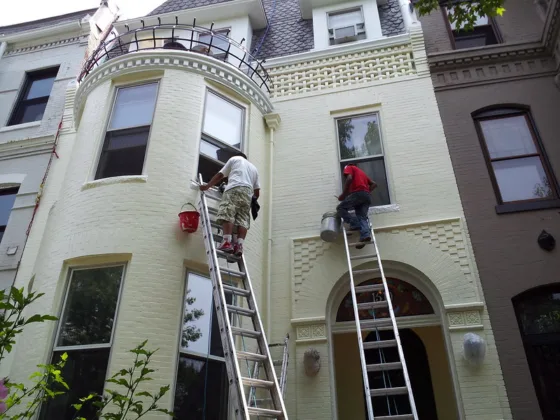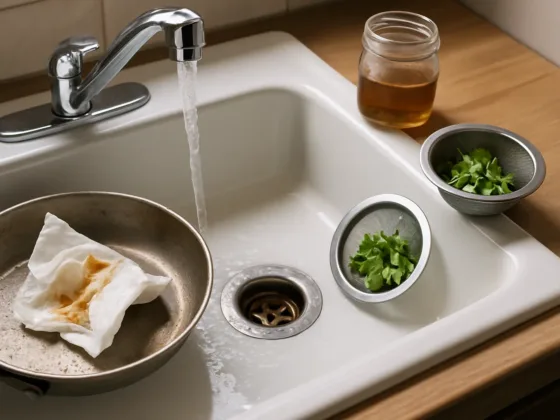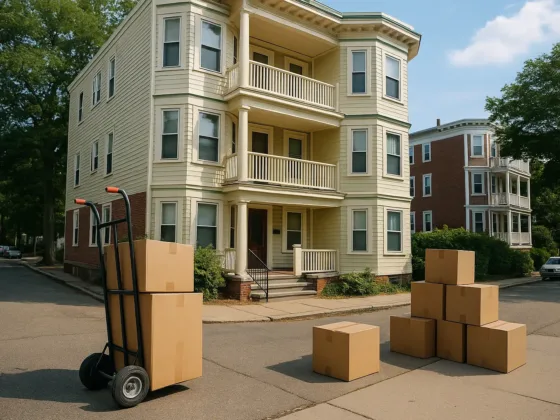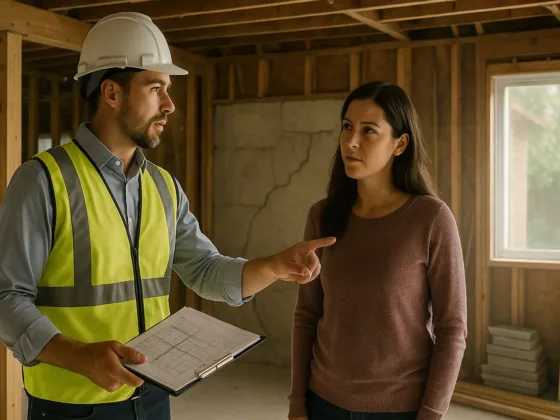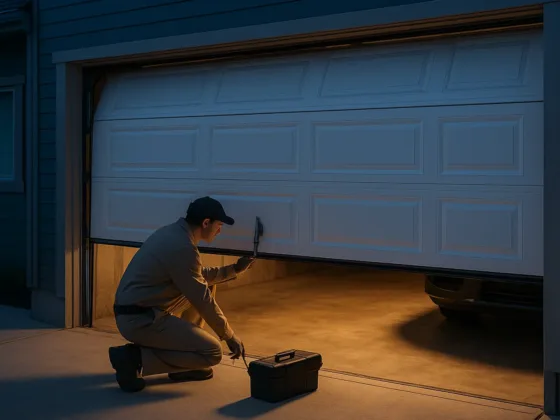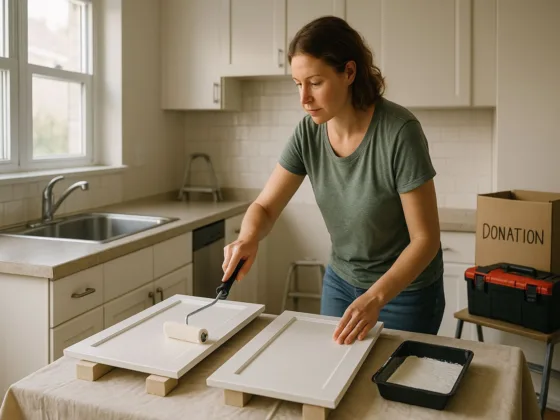Table of Contents Show
Waterproofing your basement is a critical maintenance step for homeowners, crucial for preventing water damage and protecting your home’s structural integrity. Here’s a detailed guide from a professional water damage restoration company on how to effectively waterproof your basement.
Understanding Basement Moisture Issues
The first step in any waterproofing basement project is identifying the source of moisture. Common culprits include:
- Structural Cracks: Water seeps through cracks in the foundation or basement walls and floors.
- Poor Drainage: Inadequate exterior drainage systems can direct water toward your foundation rather than away from it.
- Condensation: High humidity levels can lead to condensation on cold surfaces in the basement, mimicking the appearance of a leak.
Step-by-Step Guide to Waterproofing Basement Walls
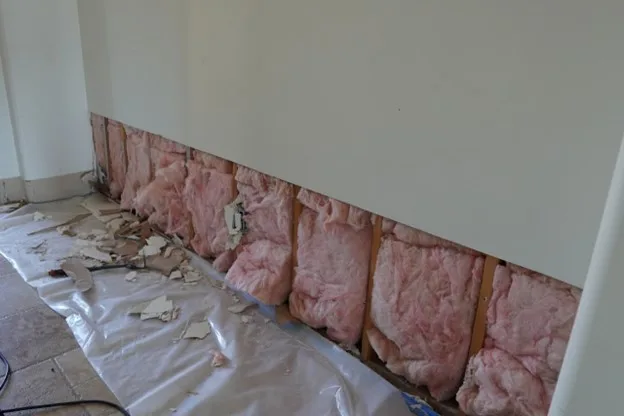
Waterproofing your basement walls prevents moisture from entering and is crucial for maintaining a dry space.
1. Inspect and Prepare the Basement Walls
- Identify and Mark Problem Areas: Look for any signs of moisture penetration, such as damp spots or efflorescence, a white powdery residue left by evaporating water.
- Clean the Walls: Remove dirt, debris, and any flaking paint or old waterproof coatings. This prepares the surface and ensures better adhesion for new waterproofing materials.
2. Repair Cracks and Holes
- Apply Hydraulic Cement: For active leaks or noticeable cracks, hydraulic cement is effective because it sets quickly and blocks water entry.
- Seal Large Gaps: For bigger fractures or gaps around pipes, consider using expandable polyurethane foam.
3. Apply a Waterproofing Sealant
- Choose the Right Product: Select a waterproofing sealant or membrane that suits your basement conditions, whether you’re dealing with mere dampness or active water leaks.
- Application: Follow the manufacturer’s instructions for application, typically involving a roller, brush, or sprayer. Ensure you cover all areas thoroughly, paying extra attention to the corners and edges where walls meet floors.
Enhancing Exterior Drainage
Effective exterior drainage is key to long-term dryness in your basement.
4. Install or Improve Gutter Systems
- Clean and Repair Gutters: Ensure that your gutters are free of debris and that downspouts extend at least 4-5 feet away from your home’s foundation.
- Install French Drains: If surface water is an issue, a French drain outside the perimeter of your basement can help divert water away.
5. Landscape and Grade Modifications
- Regrade Near the Foundation: The ground should slope away from your house to prevent water pooling.
- Choose Appropriate Vegetation: Plants that require less water can minimize moisture near the foundation.
Interior Solutions and Sump Pump Installation
Sometimes, interior solutions like sump pumps are necessary, especially in areas prone to groundwater issues.
6. Sump Pump Installation
- Choose an Appropriate Sump Pump: Submersible pumps are more common for residential basements as they are quieter and often more effective.
- Regular Maintenance: Test your sump pump annually and clean it to ensure it’s ready for wet seasons.
Signs It’s Time to Waterproof Your Basement
- Water Stains and Dampness: Noticeable water stains or damp patches on walls and floors indicate moisture issues that need attention.
- Efflorescence: A white, powdery substance on basement walls shows that water is seeping through and evaporating, leaving salt deposits behind.
- Mold and Mildew: Any visible mold or a musty smell suggests high humidity levels, which can damage your home and health.
- Cracks in Walls or Floor: Even small cracks can let water in and grow over time, signaling the need for waterproofing.
- Pooling Water Near Foundation: Water gathering around your house can increase pressure on basement walls, leading to leaks.
- High Humidity Inside: If your basement feels clammy or damp, it’s a sign that you might need better waterproofing to control moisture.
- Peeling Paint or Warped Paneling: These are signs that moisture is affecting wall materials, often requiring more than just a quick fix.
- History of Flooding: If flooding has occurred before, it’s crucial to take preventative measures to avoid future water damage.
- Age of Your Home: Older homes may have outdated or worn-out waterproofing that needs an upgrade to prevent leaks.
Cost Considerations
Effective financial planning is key when considering basement waterproofing. Here’s a breakdown of potential costs:
- DIY Projects: Simple sealing can cost as little as a few hundred dollars in materials. This approach is suitable for minor issues and is the most budget-friendly option.
- Professional Services: For extensive systems like interior weeping tiles or exterior excavation, costs can range from $2,000 to $10,000 or more, depending on your home’s size and the project’s complexity. For such substantial projects, hiring a general contractor with experience in waterproofing can ensure that the job is done correctly and efficiently, potentially saving you from costly mistakes and future issues.
Conclusion
Waterproofing your basement is a worthwhile investment that not only protects your property but also enhances your living space, making it an essential part of home inspection. Whether you tackle it as a DIY project or hire professionals, understanding the process and options available helps you make informed decisions for a dry and healthy basement environment. Regular maintenance and early detection of moisture issues can save you significant repair costs in the future. Don’t hesitate to consult with a professional if the project exceeds your DIY skills.
FAQs About Basement Waterproofing
What is the best waterproofing method for basements?
The best method depends on your specific issues, but a combination of interior and exterior strategies generally provides the most comprehensive protection.
How long does basement waterproofing last?
With proper installation and materials, basement waterproofing can last several decades. However, ongoing inspection and maintenance are crucial.
Can waterproofing increase home value?
Yes, effectively waterproofing your basement can significantly increase your home’s market value and appeal, making it a smart investment for any homeowner.
Can I waterproof my basement myself?
Yes, you can waterproof your basement yourself if you have minor moisture issues like small leaks or cracks. Using the right materials such as hydraulic cement and waterproofing paint, you can handle basic waterproofing tasks. However, for severe water damage or complex issues, it’s advisable to consult a professional to ensure the job is done correctly and to avoid potential complications.
What is the most cost-effective way to waterproof a basement?
The most cost-effective method for waterproofing a basement typically involves using interior waterproofing paints or sealants and enhancing exterior drainage. Applying waterproofing paint can seal minor cracks and prevent moisture penetration while improving drainage around your home helps divert water away from the foundation. These solutions are generally affordable and can significantly reduce the risk of moisture damage. For more persistent issues, consider consulting a professional.
What type of basement waterproofing is best?
The best type of basement waterproofing depends on your specific situation, including the level of moisture problem, the construction of your home, and your budget. Interior sealants and waterproofing paints are great for minor dampness and are cost-effective. Exterior waterproofing, though more expensive, is ideal for comprehensive protection against severe water intrusion. For ongoing water issues, especially in areas prone to flooding, a combination of both along with a sump pump system is typically the most effective approach. Consulting a professional can help determine the best method for your particular needs.
What is the cheapest method of waterproofing?
The cheapest way to waterproof a basement is to use waterproofing paint or sealant on the inside walls. You can buy these products at most home improvement stores and apply them yourself. This method is good for handling small moisture problems and is quite budget-friendly.
What to Do If You Have Water in the Basement?
If you discover water in your basement, quickly take steps to minimize damage. First, remove any standing water using a wet vacuum or pump. Then, use fans and dehumidifiers to thoroughly dry out the area. Inspect for any damage to walls and flooring, and try to identify the source of the water. Address any leaks by sealing cracks and improving exterior drainage. If the problem is severe or the source isn’t clear, it’s advisable to consult a professional to ensure effective and lasting solutions.
By incorporating these detailed steps, practical tips, and a broader scope of information, this guide becomes a valuable resource for homeowners looking to understand and tackle basement waterproofing.


